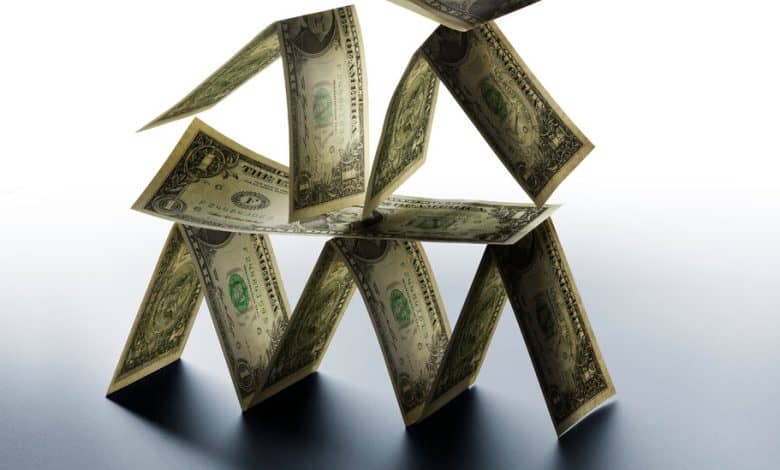How Capitalism Went Off the Rails

The Group of 7 countries might have set a record when they met in Italy last week. Has there ever been a less popular assemblage of leaders of the free world? Approval ratings ranged from Giorgia Meloni of Italy’s about 40 percent to Emmanuel Macron of France’s 21 percent to Fumio Kishida of Japan’s 13 percent. Last year the Edelman Trust Barometer found that only 20 percent of people in the G7 countries thought that they and their families would be better off in five years. Another Edelman survey, from 2020, uncovered a broad distrust of capitalism in countries across the world, “driven by a growing sense of inequity and unfairness in the system.”
Why the broad dissatisfaction with an economic system that is supposed to offer unsurpassed prosperity? Ruchir Sharma, the chairman of Rockefeller International and a Financial Times columnist, has an answer that boils down to two words: easy money. In an eye-opening new book, “What Went Wrong With Capitalism,” he makes a convincing case.
“When the price of borrowing money is zero,” Sharma told me this week, “the price of everything else goes bonkers.” To take just one example: In 2010, as the era of ultralow and even negative interest rates was getting started, the median sale price for a house in the United States hovered around $220,000. By the start of this year, it was more than $420,000.
Nowhere has inflation (in the broad sense of the term) been more evident than in global financial markets. In 1980 they were worth a total of $12 trillion — equal to the size of the global economy at the time. After the pandemic, Sharma noted, those markets were worth $390 trillion, or around four times the world’s total gross domestic product.
In theory, easy money should have broad benefits for regular people, from employees with 401(k)s to consumers taking out cheap mortgages. In practice, it has destroyed much of what used to make capitalism an engine of middle-class prosperity in favor of the old and very rich.
First, there was inflation in real and financial assets, followed by inflation in consumer prices, followed by higher financing costs as interest rates have risen to fight inflation — which inevitably begets political pressure to return to easy-money policies.